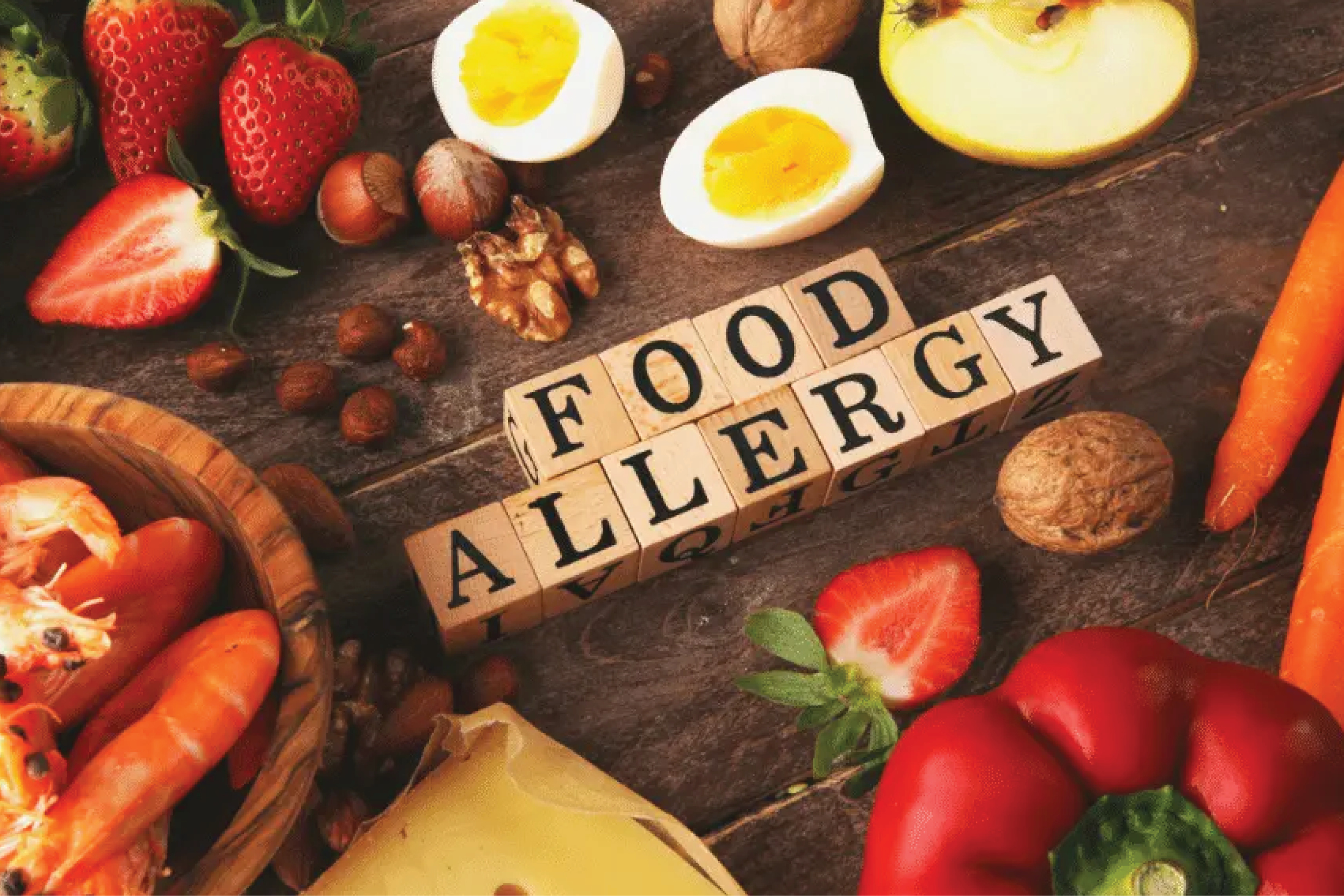According to Food Allergy Research & Education (FARE), 33 million Americans have a food allergy, and almost one in every 13 children is affected by one. So, what exactly causes a food allergy, and what are the signs and symptoms? In recognition of Food Allergy Awareness Week this May, we’re spotlighting food allergies and what you should do if you have one.
A food allergy occurs when your immune system responds to a food or food additive, resulting in an adverse food reaction involving the immune system. Food allergy symptoms range from potentially serious to life-threatening and can occur within minutes or hours, depending on the severity of the allergy.
There are nine main causes of food allergies in the U.S.:
- Milk
- Eggs
- Fish
- Shellfish
- Tree nuts
- Peanuts
- Wheat
- Soybeans
- Sesame
Allergic reactions associated with food allergies can include:
- Hives
- Rash or flushed skin
- Swelling of the face, tongue, or lip
- Tingling or itchy sensation in the mouth
- Swelling of the throat and vocal cords
- Dizziness
- Stomach cramps
- Vomiting
- Diarrhea
- Migraine
- Coughing or wheezing
- Difficulty breathing
- Decreased blood pressure
If you think you might have a food allergy, make an appointment with your Primary Care doctor to learn more about your symptoms and the next steps. A medical diagnosis to discover which foods trigger your allergic reaction is key to determining what foods to avoid.
Sources:
USDA: Food Safety and Inspection Service: Food Allergies: The “Big 9”
published: April 30, 2024, 8:09 p.m.

